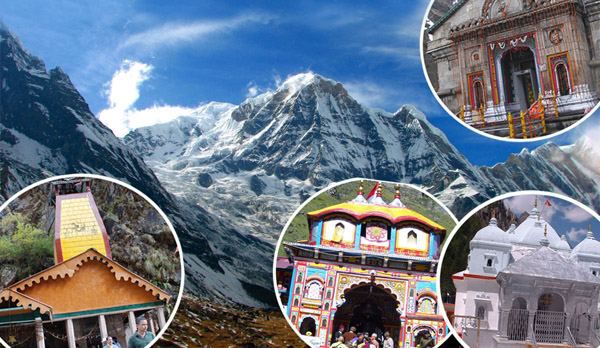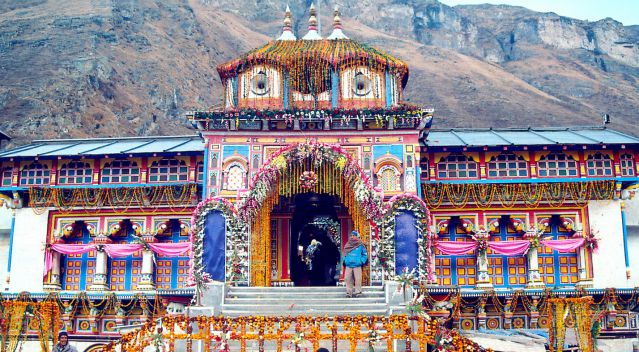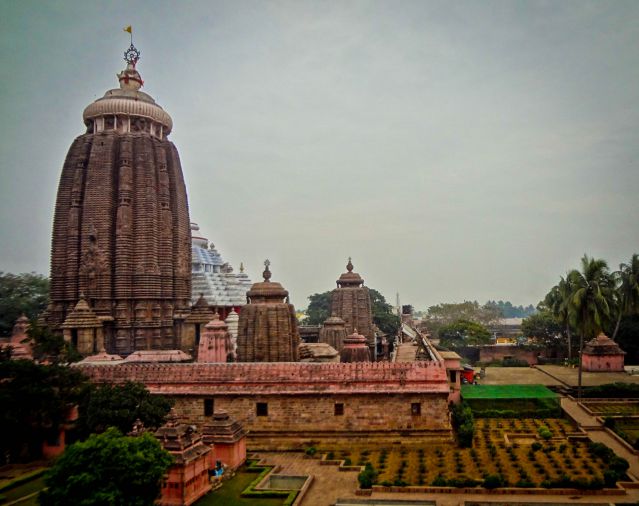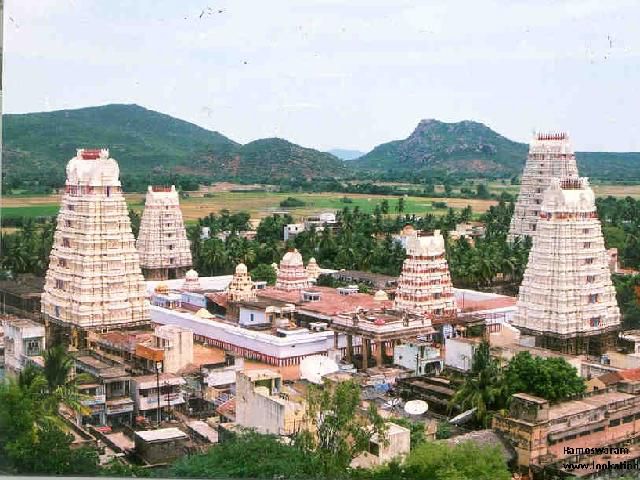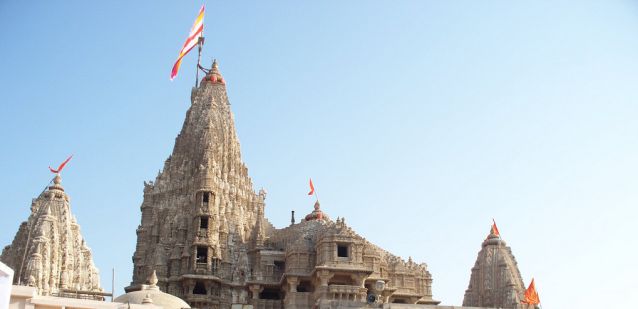No products in the cart.
The Char Dham is a holy pilgrimage that is considered to a very sacred tour for Hindus. Char means “four” and Dham means “abode”. This entire pilgrimage comprises of four different abodes in our country India , that are said to be the abodes of god. That is why it is the holiest of all pilgrimage. Basically Char Dham has two basic circuits , one is scattered in the country in all four sides (bigger circuit) and the other is there in Uttarakhand (smaller circuit).
Char Dham (bigger circuit) was grouped together by Adi Shankaracharya in the 8th century that was located on the four corners of the country and was called “Char Dham of India”,”Char Dham of Adi Shankaracharya. Later another Char Dham evolved at Garhwal in Uttarakhand on the Great Himalayas that later gained importance in 1960’s and was called the “Chota Char Dham”, “Char Dham of Himalayas”,”Char Dham of Uttarakhand”.
Firstly if we talk about the bigger circuit Char Dham, then it comprises of the four corners of the country . It includes temple of Lord Vishnu in Bardinath , Uttarakhand ; temple of Lord Krishna in Dwarka , Gujarat ; temple of Lord Jagannath in Puri ,Orissa ;and temple of Lord Shiva at Rameshwaram in Tamil Nadu . It is believed in hindu mythology that when a person completes the yatra of these four dhams then his sins are washed away and he gets “moksh” or “salvation”. Hence because of this every hindu devotee is said to visit all the char dhams atlest once in their lifetime . It is considered holy.
Char Dham Yatra
Badrinath
Badrinath is the sacred place located in nest of Himalaya valley . It is a place situated in badrinath town in Uttarakhand at a height of approx 3133m above the sea level . The Badri has a gold canopy under which resides a 1m (3.3ft) Shaligram (black stone) imagery of the Lord Badrinarayan .All the idols in the temple are made up of black stone . The Lord Badri Narayan carries a shankh (conch) in one hand and a chakra in other hand. The other two hands of lord are resting peacefully in a yogmudra on his lap.
Badrinath is a place know for Lord Vishnu and is said that lord Vishnu has completed his penance at this holy place. According to the hindu mythology it is said that Lord Vishnu came their for meditation away from Thuling a place in Himalaya that was corrupted by meat-eating people and unchaste people. When Lord Vishnu was doing his penance in open then goddess mahalaxmi came there and took a form of a tree (badri), to protect lord Vishnu from adverse weather condition. Due to this the temple was named Badri Narayan .However in Shiv Puran, the existence of Badrinath temple is narrated in another form.
The present structure of the temple is made by the kings of gharwal . Every year devotees from all across the world comes to visit the Badrinath shrine.
Puri
The Jagannath temple in Puri, is a temple in the south-eastern coast of the country in Orissa . The historic Puri Jagannath temple was built in the year 1078, and renovated to its present form in the year 1174. Present day structure of Sri Janagnnath Temple Puri was not the Original built up. Originally Indradyumna had constructed only the main temple. Kings and rulers in subsequent times added Meghanada Pacheri, Mukha sala, Nata Mandapa and other assets to the Temple Complex. The huge temple complex covers an area of over 400,000 square feet (37,000 m2), and is surrounded by a high fortified wall. This 20 feet (6.1 m) high wall is known as Meghanada Pacheri. Another wall known as kurma bedha surrounds the main temple. It contains at least 120 temples and shrines.
Puri is said to be the truthful replica of Indian culture. Lord Jagannath was a tribal deity, adorned by the Sabar people, as a symbol of Narayan. Another legend claims him to be Nilamadhava, an image of Narayana made of blue stone and worshipped by the aboriginals.
Adi Shankara established his Govardhana matha here. There is also evidence that Guru Nanak, Kabir, Tulsidas, Ramanujacharya and Nimbarkacharya had visited this place. Sri Chaitanya Mahaprabhu of Gaudiya Vaishnavism stayed here for 24 years, establishing that the love of god can be spread by chanting the Hare Krishna mantra.
Rameswaram
Ramanathaswamy Temple, also know as the Arulmigu Ramanathaswamy Temple located in the island of Rameswaram is dedicated to Lord Shiva. It gained this name because here Lord Rama worshipped Lord Shiva, when he returned from Sri Lanka. It is believed that after Rama killed Ravana, in order to clear the “dosha” of killing a brahim, he worshipped an idol of Lord Shiva here which was brought by Lord Hanuman from Kailash. The deity of Shiva, in the temple, is in the form of lingam. There are two lingams in this holy place, one that Goddess Sita had built with sand and the other one which Lord Hanuman brought from Kailash.
Taking the Ganga water to Rameswaram, is considered as a very auspicious and pious thing to do after the pilgrimage of the four holy shrines. After taking a holy bath in Ganga water, the holy water is carried and offered to Lord shiva of Rameswaram. After this a little sand from here is carried to Ganga and immersed there. Completing this ritual is believed to make one’s pilgrimage complete and successful.
The place where the JyotirLinga is located, a large and expansive temple has been built. It is famous in the world as a typical architectural example. In the Ramnad district of Tamilnadu, this temple is situated on a big island of sand. It is worth seeing and is a wonderful experience. The main entrance of the temple tower has many storeys and stands tall. Its structure carvings, statutes and the peaks make people dumb founded. The grandeur of the Lord is really felt here. The human weakness for being narrow-minded is automatically removed and they feel their horizons broadened. On the tall stone pillars of temple, beautiful carvings can be seen. Elephants with their trunks raised are seen. The four sides of the temple are enclosed by strong stone walls. They are 650 ft. and 12ft. wide and tall respectively. This wonderful temple built on the sand island, is a work of great art and very impressive. Near to a gold plated pillar, a river is carved on a monolithic stone of 13 feet high and a foot wide. This indeed is a typical example of beautiful sculpting. Near the main temple of Rameshwar, there is a separate temple for Parvati known as Parvatavardhini temple. Besides this, there are temples of Santana Ganapati, Veerabhadra Hanuman, navagrahas, etc., At a distance of about nearly 2 kilometers from the main temple, there is Gandhamaadhan mountain. In spite of being a sandy area, it is very green with a variety of flora. This is the Nandanavan of Rameshwar.
Dwarka
Dwarka is derived from “Dwar”, a door, and in ancient times its flourishing port was considered to be the gateway to the main land. As “Ka” means “Brahma” meaning, gateway to Moksha. It is called Dwarkamati and Dwarkavati. Being adopted home and capital of Shri Krishna after he gave up Mathura. It is held in such a high esteem as a place of Hindu pilgrimage that it is considered to be one of the four principal holy places or chardham, it is also known as Mokshapuri.
The holy town of Dwarka in Gujarat State is believed to be the legendary city of Dwarka built by Lord Sri Krishna between 3500 and 5000 years ago. According to the epic Mahabharata the city in due course was submerged in the sea. The Harivansh, an appendix to the Mahabharata says that Dwarka was situated on the bank of the river Gomati where it joins the western sea. The submergence of Dwarka and the cause of submergence are of historical and oceanographic interest because historic Dwarka is likely to throw light on the Dark Age of Indian history.
Dwarkadhish Temple, popularly known as Jagat mandir is located in Dwarka, Gujarat. It is dedicated to Lord Krishna who is also known as the ‘King of Dwarka’. As per Hindu mythology the temple was built by Vajranabha, grandson of Lord Krishna at hari-griha, the resident place of Lord Krishna. The temple is also known as Mokshapuri as it is believed that a person can achieve moksha if he visits this temple. It is a glorious structure seeming to rise from the waters of the Arabian Sea. Its exquisitely carved shikhar, reaching 43 m high and the huge flag made from 52 yards of cloth, can be seen from as far away as 10 km. The grandeur of the temple is enhanced by the flight of 56 steps leading to the rear side of the edifice on the side of the river Gomti. The temple is built of soft limestone and consists of a sanctum, vestibule and a rectangular hall with porches on three sides. There are two gateways: swarga dwar (gate to the heavens), where pilgrims enter, and moksha dwar (gate to liberation), where pilgrims exit.
The festival of Janamashtmi, also known as Krishna Janmotsav, is very popular among the devotees here. The timings for darshan in the temple everyday is from 6.30 am to 1 pm and then from 5 pm to 9 pm. The best months to visit the temple are from October to March.
The Char Dhams are run and maintained by their respective committees and the government also takes adequate measures to provide services to the devotees and for the maintenance of the temples. All these pilgrimages are well connected through rail, road and air. Every year thousands of devotees visit these places and worship their idols.

